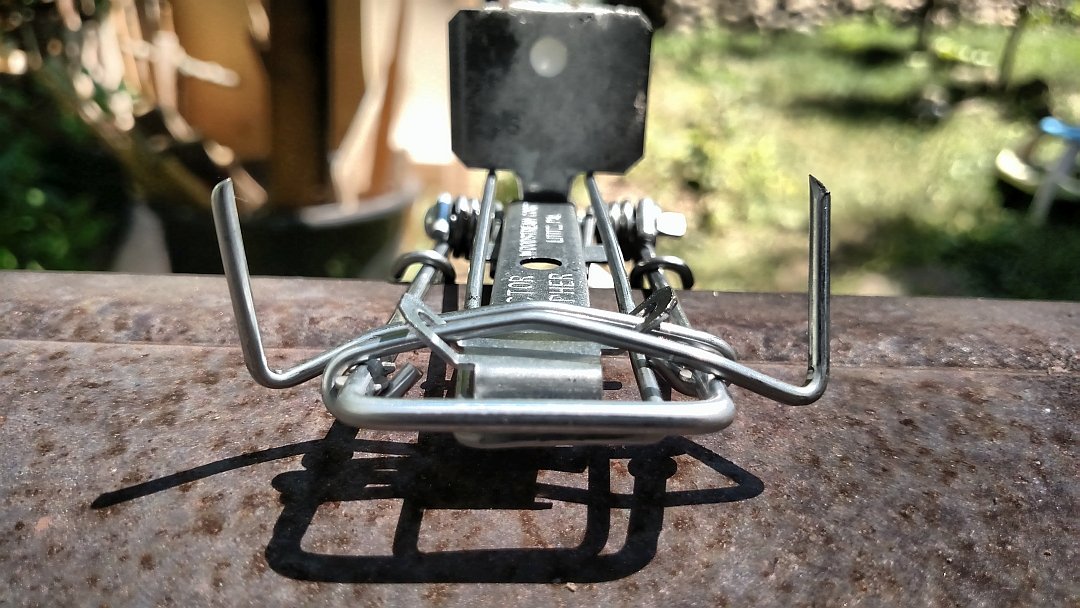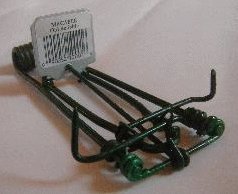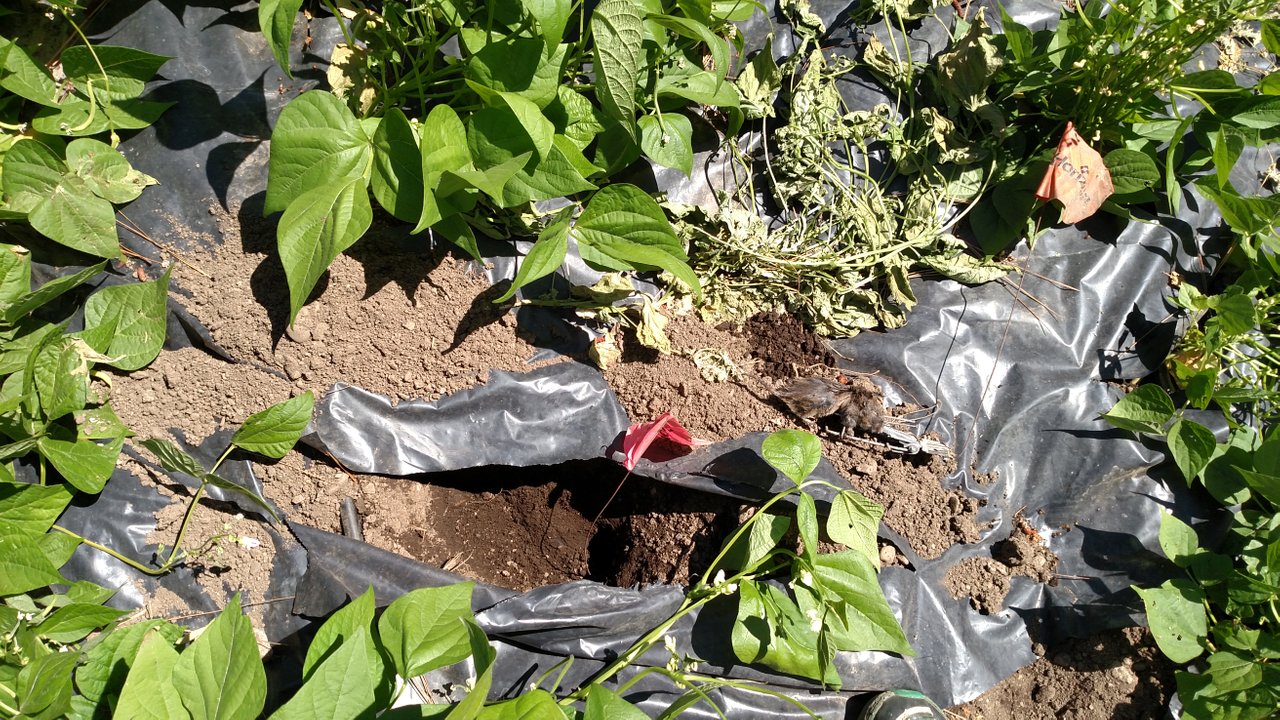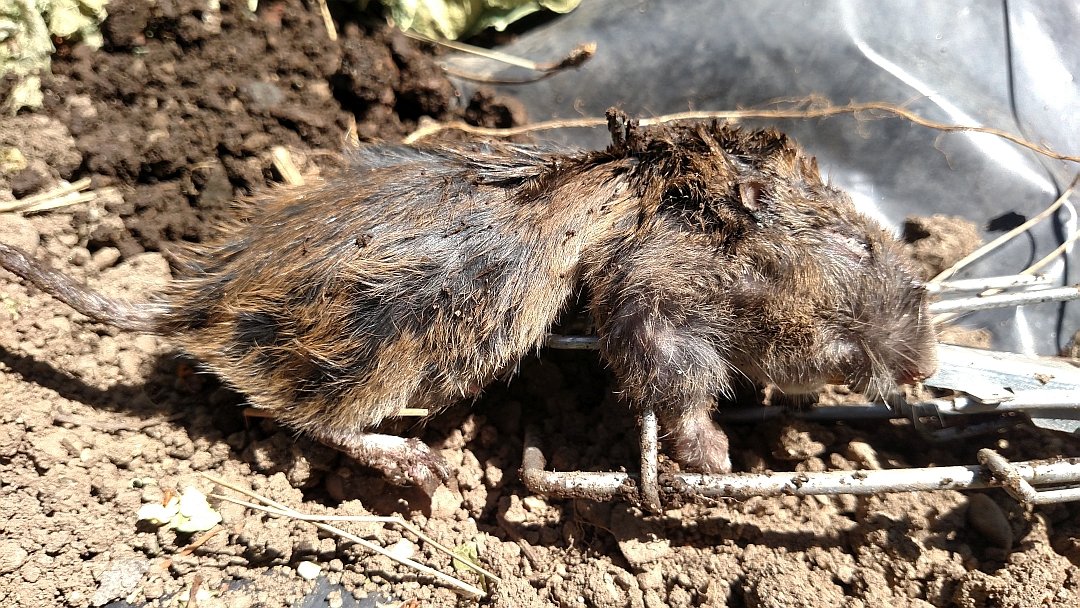I hate them. You hate them. Every gardener and farmer hates them.
One of the more insidious of the pests to have to deal with due to their underground movement, sharp teeth, and voracious appetite. I am currently dealing with a number of these monsters and have combined my experience and research into this post. While I struggled initially, fortunately I found there are quite a few methods for eradicating these little terrors, many have evolved over time and some have not.
An article from UC Davis published in 1950 titled: Eradication of Pocket Gophers states: The most effective and economical method for eradicating pocket gophers- responsible for a major share of the multimillion dollar damage inflicted annually on California agriculture by field rodents is by poisoning.
Older methods of control relied HIGHLY upon poison and over time that reliance has somewhat diminished in the garden due to a few key factors:
- Awareness
- Technological advancements
- The Organic Movement
- Permaculture Movement
This is not to say that poisons are not still used, just that their domination of the market has lessened over the years as people have shifted away from methods that have unintended consequences. This shift has been helped by scientific and technological advancements, with a lot of trial and error, which have allowed for the creation of cheaper, more affordable control means than were available at any other time.
You can see the difference in attitude towards the methods of control in the more recent (2009) publication from UC Davis's PEST NOTES - Publication 7433 - University of California Statewide Integrated Pest Management Program, the integration of non-toxic methods of control and information have increased dramatically.
Though the tech and knowledge have increased over the years, there is still no perfect solution to the problem of gophers. We as gardener's only have a select group of products and methods to choose from that are effective. Effectiveness is the primary metric in determining the method to use that is the proper balance between benefit/detriment and cost. If the balance is not correct in the the equation you will not have an effective means of gopher control for your specific situation. With that in mind I will go over some of the main points regarding one of the primary methods, trapping.

Cheapest/Safest Method
Trapping
Trapping is arguably the surest and safest means of dispatching the terrible gopher. It is proven, requires only an initial investment in the traps, has negligible to no unintended consequences when used properly, and is working on a proven technology that has hundreds of years of practical use. The gopher trap is an intimidating device to try to use, even for a garden veteran, and should always be treated with respect. Deadly to a gopher, but really only painful to a human, it helps to understand how the trap works to help remain injury free and gopher free.



The 2 most often used traps are the Macabee and the Victor brands of traps. The Macabee differs only in design from the Victor as the action is still the same.
- The jaws of the trap are opened and held in place by the rod or rods and the trip plate.
- The spring action ensures a fast close of the jaws
- Inserted into a gopher main tunnel the traps work best when used in pairs and placed so the jaws are opposite facing to catch gophers from either side of tunnel.
The Macabee website has this quick How-to on setting the Macabee gopher trap.
Much of the particulars of trapping gophers remain fairly consistent but you need to adjust to fit your specific situation. For some people it works best to completely cover or black out the the exposed tunnel and traps, other leave the traps exposed to the light. Both methods can work equally well, but trial and error will tell you what works best for you and your garden.
This is my garden and the beans have been getting eaten by gophers. Since I use black plastic it makes it a bit more difficult to find the gopher tunnels. I got lucky this one it between rows. I had to dig out an area to expose the tunnel running in each direction.

I used landscaping flags and wrapped the wire around the trap spring. This gives me a good visible marker for where the traps are set. I pull the plastic back over the hole without filling it in and let it sit and wait for the gophers.

The desired outcome is a dead gopher and a safe garden.



Check out my blog @flemingfarm
OR
You can read my blog series here:
| Being a Father and a Farmer can be a struggle | Gardener Gripes |
|---|---|
| Time | #1.0 - Back Pain |
| Expectations | #2.0 - Weeds |

Fleming Family Farm
FLEMING FAMILY FARM, LLC
Sustainable & Organic Methods | Heirloom Produce
All images are original works of Fleming Family Farm unless otherwise notated and credited.
If you find this post useful or entertaining, your support is greatly appreciated by upvoting, resteeming, & following!

